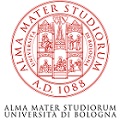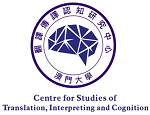This article presents the CASMACAT workbench and findings from the first post-editing and translation experiments conducted with it. The CASMACAT workbench is a web-based computer-aided translation (CAT) tool with extensive logging of user behaviour including eyetracking. Analyses are based on more than 90 hours of English to Spanish post-editing and translation performed by professional translators. Findings support an average time saving of 25% from post-editing machine translation over translation from scratch. This is especially interesting in light of the fact that the processed texts stem from the lessrestricted domain of newspaper articles. Not surprisingly, we also find that the time saving to a large degree depends on how many keystrokes the post-editor performs. Interestingly, this is a much better predictor than edit distance between the machine translation output and the final translation product, which is often used in the literature. Also, the post-editor has to produce a relatively high number of keystrokes before post-editing no longer pays off compared to translation from scratch.










































